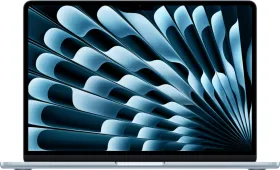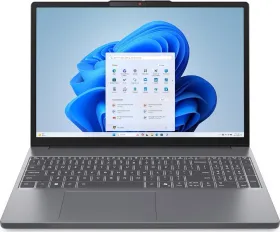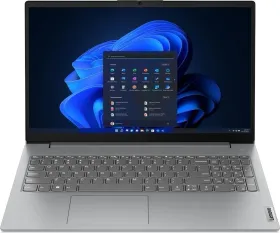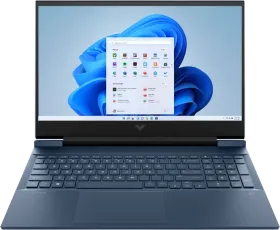It’s the season of flagship SoCs, and we’re about to witness an intense battle between two titans: Apple’s A18 Pro and Qualcomm’s Snapdragon 8 Elite. Both processors promise groundbreaking performance and efficiency, but which one reigns supreme? In this comparison, we’ll delve into the specifications, benchmarks, and key features of each chipset.
Snapdragon 8 Gen 4 vs A18 Pro: Specs Comparison
| Snapdragon 8 Elite | Apple A18 Pro | |
|---|---|---|
| CPU | Octa-core, Oryon CPU (2+6) | Six-core CPU (2+4) |
| CPU Cores | 2x 4.32GHz (Oryon) 6x 3.53GHz (Oryon) | 2x 4.04GHz Performance cores 4x Efficiency cores |
| Process Technology | TSMC’s 3nm process (N3E) | TSMC’s 3nm process (N3E) |
| GPU | Adreno 830 GPU HW Ray Tracing | Apple 6-core GPU HW Ray Tracing |
| Memory Support | LPDDR5X, up to 5.3GHz | LPDDR5X, up to 7500 MT/s |
| Machine Learning and AI | New Hexagon AI Engine | 16-core Neural Engine; 35 TOPS |
| Modem | Snapdragon X80 5G Up to 10 Gbps Peak Download Up to 3.5 Gbps Peak Upload | Snapdragon X75 5G (likely) Up to 10 Gbps Peak Download Up to 3.5 Gbps Peak Upload |
| Connectivity | Wi-Fi 7, Bluetooth 6, LE, UWB | Wi-Fi 7, Bluetooth 5.3 |
Both chipsets are manufactured on TSMC’s 3nm (N3E) process node but utilize different ARM architectures. Apple’s A18 Pro features a six-core setup, including 2 performance cores and 4 efficiency cores. In contrast, the Qualcomm Snapdragon 8 Elite boasts an eight-core setup, focusing solely on performance cores.
While Apple has just surpassed the 4GHz clock speed barrier with the A18 Pro, leaked specifications reveal that the Snapdragon 8 Elite, with its custom Oryon cores, reaches up to 4.32GHz. These differences are also reflected in the GPUs; the A18 Pro receives a 20% boost over the A17 Pro, while the Snapdragon 8 Elite packs the updated Adreno 830 GPU.
Snapdragon 8 Gen 4 vs A18 Pro: Benchmarks
Benchmarks are crucial for gauging SoC performance. For this comparison, we’ll focus on two popular benchmarks: Geekbench and AnTuTu.
AnTuTu evaluates the CPU, GPU, memory, and UX (overall smoothness) by running graphically intensive tasks like video rendering. It’s important to note that AnTuTu for Android uses the Vulkan API, while the iOS version utilizes Metal. This difference in testing methodologies can influence the scores.
| AnTuTu V10.3.0 | Snapdragon 8 Elite | A18 Pro |
|---|---|---|
| 3,025,991 | 1,651,291 |
In our tests, the A18 Pro achieved 1,651,291 points, while the Snapdragon 8 Elite scored 3,025,991 points.
Geekbench assesses CPU performance through intensive tasks, producing single-core and multi-core scores.
Our tests showed the A18 Pro scoring 3,409 and 8,472 points in single-core and multi-core tests, respectively. A recent Geekbench leak revealed the Snapdragon 8 Elite achieving 3,271 and 10,259 points in the same tests.
| Geekbench 6.3.0 | Snapdragon 8 Elite | A18 Pro |
|---|---|---|
| Single-core | 3,271 | 3,409 |
| Multi-core | 10,259 | 8,472 |
Analyzing these scores, the Snapdragon 8 Elite, despite its new Oryon cores, falls slightly short of the A18 Pro in single-core performance. However, in multi-core performance, the Snapdragon 8 Elite significantly outperforms the A18 Pro, boasting a 15% advantage. This is a significant achievement for Qualcomm, which has historically struggled to match Apple’s raw CPU performance. The Oryon cores finally enable Qualcomm to compete at the highest level.
Snapdragon 8 Gen 4 vs A18 Pro: Final Thoughts
In conclusion, Apple’s A18 Pro in the iPhone 16 Pro series delivers impressive CPU performance, thanks to its Armv9.2 implementation. However, the Oryon-powered Snapdragon 8 Elite surpasses the A18 Pro in multi-core performance due to its two additional higher-clocked cores.
In single-core workloads, the Snapdragon 8 Elite closely trails the A18 Pro despite using the older Armv8 architecture without SME. However, the A18 Pro takes the lead in power efficiency, achieving better performance at a lower frequency (4.04GHz) compared to the Snapdragon 8 Elite (4.32GHz).
As for the GPU performance, the Snapdragon 8 Elite’s Adreno 830 GPU outperforms the A18 Pro, as Apple has mostly stuck with the same reference design as seen on last year’s chip. That said, we will run comprehensive benchmarks to reach a definitive conclusion once we have access to a retail unit of a smartphone with the Snapdragon 8 Elite SoC.



































